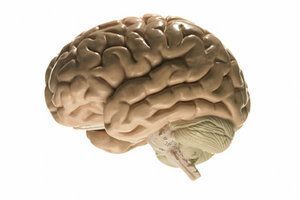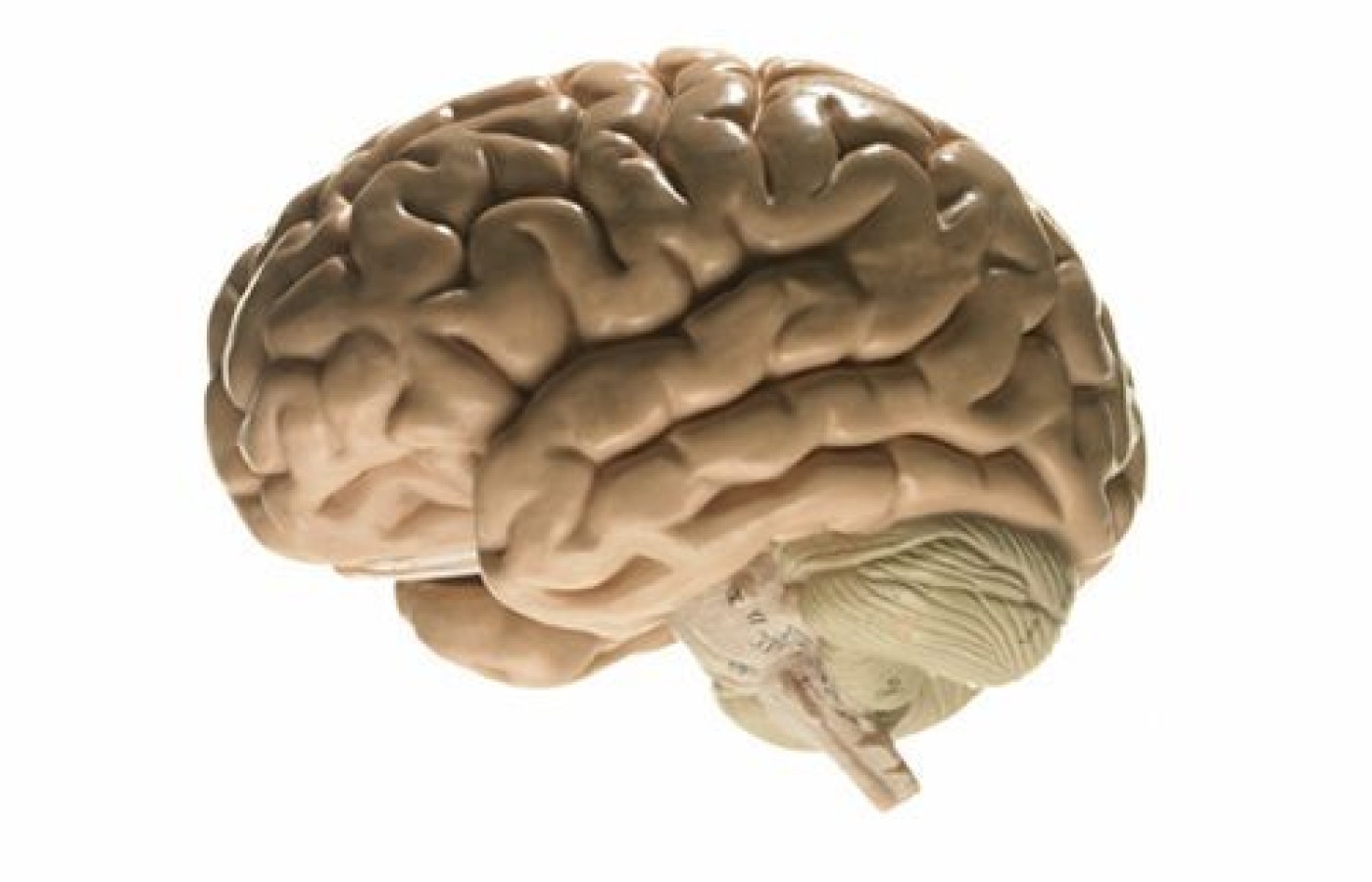Whether you accept it, avoid it or live somewhere in between, insurance coverage has become a defining issue for our profession. Patients increasingly expect to use their benefits, practitioners want to be compensated fairly for their time and expertise, and the system itself remains – at best – fragmented. The encouraging news is that coverage has expanded in meaningful ways. The challenging news is that reimbursement, across the board, remains inadequate.
Lessons from Functional Neurology
Chiropractic neurology, also known as clinical neuroscience or functional neurology, is moving the chiropractic profession forward by leaps and bounds. A chiropractor examining a patient presenting with chronic neck pain, for example, would quickly and easily search for a subluxation in the cervical spine, viewing that as the root cause of pain. A functional neurologist might examine the patient and also find a hyperopia and exophoric deviation of the right eye and realize that, in an attempt to self-correct for aberrant eye positioning and movement, the patient consistently tilts and turns their head to the right to accommodate. By identifying and correcting weak eye muscles through simple eye exercises, the functional neurologist corrects the head tilt and yaw, and thus, the chronic neck pain. The first chiropractor, having missed the true root cause, would have to treat the patient on an ongoing basis because, as long as the head tilt accommodation remains, the chronic neck tension will not subside. This is good for business, but bad for the patient, who potentially ends up with cervical hypermobility from an over-adjusted neck and continuation of chronic pain.
Chinese medicine, as a profession, can learn from the functional neurology movement within the chiropractic field. If we would like a seat at the table, so to speak, in the treatment of neurological disorders such as stroke, Parkinson’s, and traumatic brain injuries, we need to ask ourselves if we are qualified to sit there. In the treatment of concussions, for example, I ask my profession, “Do we know what we are doing? Do practitioners of Chinese medicine understand the pathophysiology of concussions with enough confidence to know they will do no harm?” Animal research studies utilizing a traumatic brain injury (TBI) model have shown the effectiveness of electro-acupuncture at Du 20, Du 26, Du 14, and GB 20 for improving cerebral blood flow following TBI. How many of us would jump to the conclusion that electro-acupuncture is the best protocol of treatment during the acute stage following concussion? After all, blood flow does decrease during the first 7 to 10 days following concussion. Yet, the current standard of care for concussion within the first 10 days is physical and cognitive rest, therefore suggesting against aggressive electro-acupuncture scalp treatments. If the brain needs rest, we likely should not be turning up the electricity. Having an in-depth understanding of concussion pathophysiology would have informed our clinical decision-making. However, without any training in neurology, nor specific training in concussions and traumatic brain injuries, nor a practice of implementing functional neurological examination before and after our treatment, we are shooting from the hip.

I applaud the people who created the American Board of Oriental Reproductive Medicine (ABORM). They saw a need for better education, training, and specialization in the field of fertility, where Chinese medicine practitioners were working closely with reproductive endocrinologists. They understood that the Chinese medicine profession, in order to be respected, needed to understand the language and the landscape of reproductive endocrinology, as well as the impact Chinese medicine has on the endocrine system. Currently, neurological and neurodegenerative disorders, such as autism spectrum disorder, Alzheimer’s, other dementias, Parkinson’s, ALS, and multiple sclerosis, are on the rise. Acupuncture and Chinese medicine have a lot to offer patients with neurological disorders. Developing a comprehensive understanding of the central and peripheral nervous systems, of functional neural circuits, and of the specific pathology of each patient can assist us in providing our services while helping us avoid becoming like the practitioner noted above who might continuously adjust the neck of someone with a right head tilt due to a weak inferior rectus muscle. A basic tenet of clinical neuroscience is to examine and observe specific function, develop individualized treatment plans from the practitioner’s skill set to address observed areas of inefficient function, then re-evaluate to see if the selected treatment created the desired functional effect. Anything less is simply throwing darts and hoping one will stick.
We would be in a much better position to effectively treat a patient if we understood, for instance, whether their neurologic deficit involved the anterior spinalthalamic tract versus the pontocerebellar tract. Do we need to stimulate spinal thalamic nerve pathways with Hua Tuo Jia Ji points, or do we need to perform auricular acupuncture to stimulate the pons? Do we need to fire up the right brain with left-sided electro-acupuncture stimulation, or do we need to activate the frontal cortex with Yang Ming points because the patient is unable to perform a dual-task? Our treatments for neurological disorders would be exceedingly more effective if we had advanced knowledge in neuro-anatomy and clinical neuroscience.
Brain imaging, such as magnetic resonance imaging (MRI), holds many keys to deepening our understanding of our craft. Take GB 34, for example. This is a classic point for expelling wind; tremors are a classical manifestation of wind. MRI imaging of acupuncture at GB 34 found it stimulated the prefrontal cortex, precentral gyrus, and putamen in patients with Parkinson’s disease, a movement disorder characterized by tremors and bradykinesia due to degeneration of the basal ganglia1. The putamen, part of the dorsal striatum is the outermost aspect of the basal ganglia. Motor circuits from the pre- and post-central sensorimotor cortices project to the putamen, which, in turn, project to other regions of the basal ganglia to initiate certain movements while inhibiting others. Suddenly, we have a beautiful marriage between classical teachings on the use of GB 34 with modern brain imaging techniques that lend a deeper understanding of the value of this acupuncture point for modulating brain activity in patients with a specific neurodegenerative disorder. This changes the conversation between acupuncturists and neurologists. Rather than describing to our patient’s neurologist how we “expel wind from the body,” we point to the research showing our ability to modulate communication between the frontal cortex, precentral gyrus, and dorsal striatum in Parkinson’s patients to achieve significant improvement in motor function. If we are to command any respect, we must step up to the plate, and know our biomedical pathophysiology in as much depth as we understand Chinese medical theory. If we are to protect our craft, we must master the art, pay homage to the past, and embrace the knowledge of the future.
References:
- Yeo, S., Choe, I., van den Noort, M., Bosch, P., Jahng, G., Rosen, B., Kim, S., and Lim, S. (2014). Acupuncture on GB 34 activates the precentral gyrus and prefrontal cortex in Parkinson’s disease. BMC Complementary and Alternative Medicine, 14(336), 1-9.



